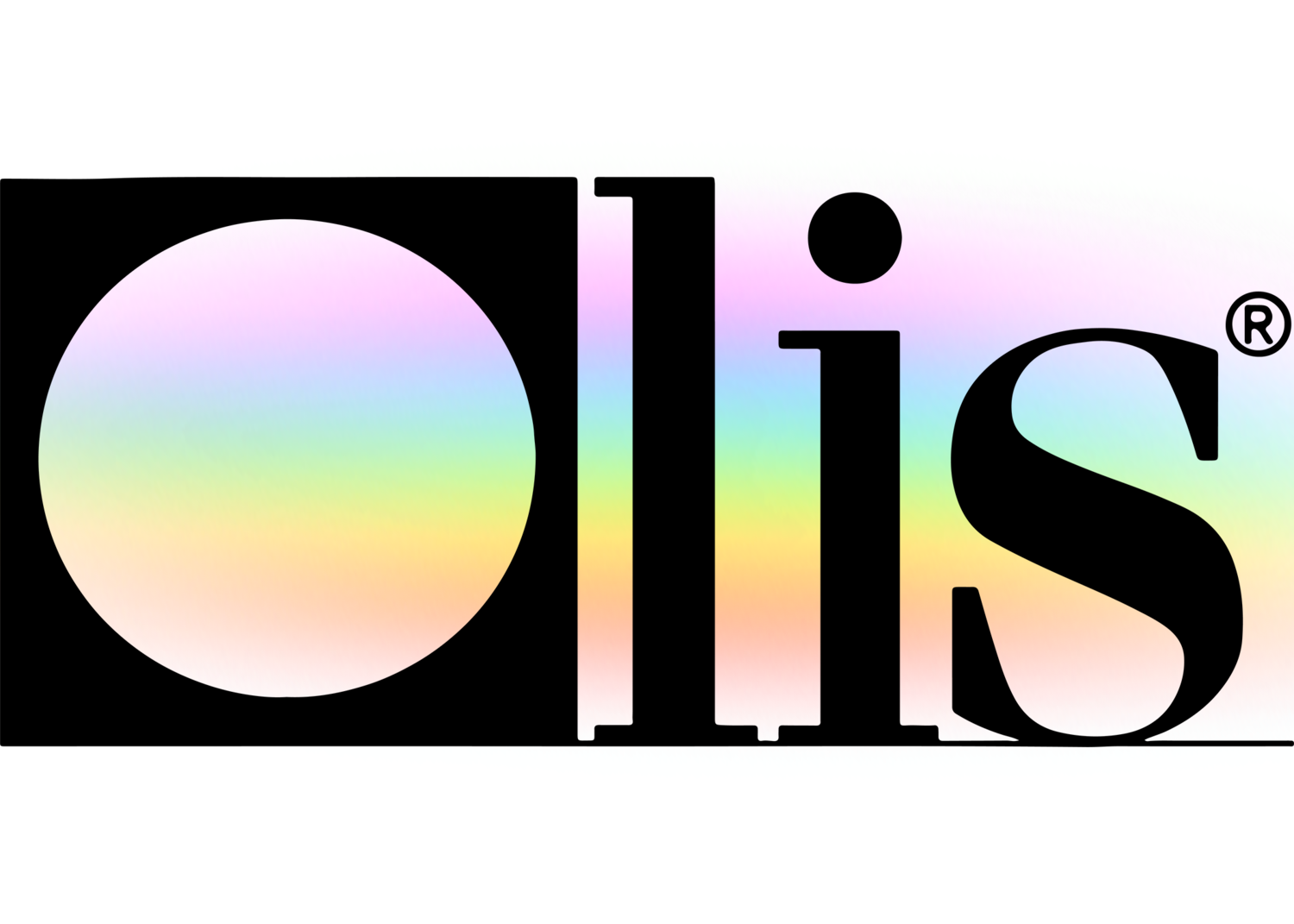How Uv/vis/nir can Save You Time, Stress, and Money.
Table of Contents8 Easy Facts About Circular Dichroism DescribedThe Ultimate Guide To Circular DichroismAll About SpectrophotometersOur Uv/vis DiariesUv/vis - Truths

Spectrophotometry is a tool that hinges on the quantitative analysis of molecules depending on how much light is taken in by colored compounds.
Not known Facts About Uv/vis/nir
A spectrophotometer is frequently utilized for the measurement of transmittance or reflectance of options, transparent or opaque solids, such as sleek glass, or gases. Although lots of biochemicals are colored, as in, they soak up visible light and therefore can be measured by colorimetric procedures, even colorless biochemicals can typically be transformed to colored substances suitable for chromogenic color-forming responses to yield substances suitable for colorimetric analysis.: 65 Nevertheless, they can also be created to determine the diffusivity on any of the listed light varieties that usually cover around 2002500 nm utilizing different controls and calibrations.
An example of an experiment in which spectrophotometry is utilized is the determination of the balance constant of an option. A particular chain reaction within a service may happen in a forward and reverse direction, where reactants form products and products break down into reactants. At some time, this chain reaction will reach a point of balance called a stability point.
Excitement About Circular Dichroism
The amount of light that travels through the service is indicative of the concentration of particular chemicals that do not enable light to travel through. The absorption of light is due to the interaction of light with the electronic and vibrational modes of particles. Each type of molecule has a specific set of energy levels associated with the makeup of its chemical bonds and nuclei and therefore will absorb light of particular wavelengths, or energies, resulting in special spectral residential or commercial properties.
They are commonly used in numerous markets including semiconductors, laser and optical manufacturing, printing and forensic examination, as well as in labs for the research study of chemical substances. Spectrophotometry is frequently used in measurements of enzyme activities, determinations of protein concentrations, decisions of enzymatic kinetic constants, and measurements of ligand binding reactions.: 65 Ultimately, a spectrophotometer is able to identify, depending on the control or calibration, what compounds are present in a target and precisely how much through estimations of observed wavelengths.
Created by Arnold O. Beckman in 1940 [], the spectrophotometer was created with the aid of his coworkers at his company National Technical Laboratories founded in 1935 which would become Beckman Instrument Company and ultimately Beckman Coulter. This would come as a service to the previously produced spectrophotometers which were not able to absorb the ultraviolet correctly.
Circularly Polarized Luminescence Can Be Fun For Anyone
It would be discovered that this did not offer acceptable outcomes, therefore in Design B, there was a shift from a glass to a quartz prism which allowed for better absorbance results - UV/Vis/NIR (https://padlet.com/julieanndesalorenz30606/olis-clarity-srqqvp7768okh664). From there, Design C was born with a modification to the wavelength resolution which wound up having 3 systems of it produced
It irradiates the sample with polychromatic light which the sample soaks up depending on its properties. Then it is transferred back by grating the photodiode range which identifies the wavelength area of the spectrum. Ever since, the production and application of spectrophotometry gadgets has actually increased profoundly and has actually turned into one of the most ingenious instruments of our article time.

Getting The Circularly Polarized Luminescence To Work
The grating can either be movable or fixed.
In such systems, the grating is fixed and the strength of each wavelength of light is measured by a different detector in the variety. Furthermore, most modern mid-infrared spectrophotometers utilize a Fourier change technique to acquire the spectral details - http://www.askmap.net/location/6824320/united-states/olis-clarity. This method is called Fourier change infrared spectroscopy. When making transmission measurements, the spectrophotometer quantitatively compares the fraction of light that passes through a reference solution and a test service, then electronically compares the intensities of the two signals and computes the portion of transmission of the sample compared to the recommendation requirement.
